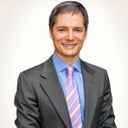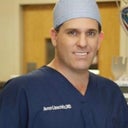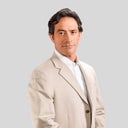Is it true that 1 in 5 rhinoplasty patients desire/need a revision? If this statistic is true, are most of those needing/wanting revisions usually patients who did not go to a American Board of Plastic Surgery certified surgeon?
Answers (9)
From board-certified doctors and trusted medical professionals
Dr. Ivan Wayne, MD

Dr. Ivan Wayne, MD
Board Certified Facial Plastic Surgeon
Answer
Dr. Avron Lipschitz, MD

Dr. Avron Lipschitz, MD
Board Certified Plastic Surgeon
Answer
Dr. Steven J. Pearlman, MD, FACS

Dr. Steven J. Pearlman, MD, FACS
Board Certified Facial Plastic Surgeon
Answer
Dr. Otto Joseph Placik, MD

Dr. Otto Joseph Placik, MD
Board Certified Plastic Surgeon
Answer
Dr. Sean Freeman, MD
Dr. Sean Freeman, MD
Board Certified Facial Plastic Surgeon
Answer
Dr. Steven Wallach, MD
Dr. Steven Wallach, MD
Board Certified Plastic Surgeon
Answer
Dr. Samir Shureih, MD
Dr. Samir Shureih, MD
Board Certified Plastic Surgeon
Answer
Dr. Shervin Naderi, MD, FACS
Dr. Shervin Naderi, MD, FACS
Board Certified Facial Plastic Surgeon
Answer
Dr. Richard W. Fleming, MD (retired)
Dr. Richard W. Fleming, MD (retired)
Board Certified Facial Plastic Surgeon
Answer
More Revision Rhinoplasty Questions
See all Revision Rhinoplasty Q&AWE SEND PRETTY
EMAILS
What’s trending? Who’s turning heads? Which TikTok myths need busting? We’ve got you. No fluff, no gatekeeping—just real talk. Get our free, unfiltered newsletter.